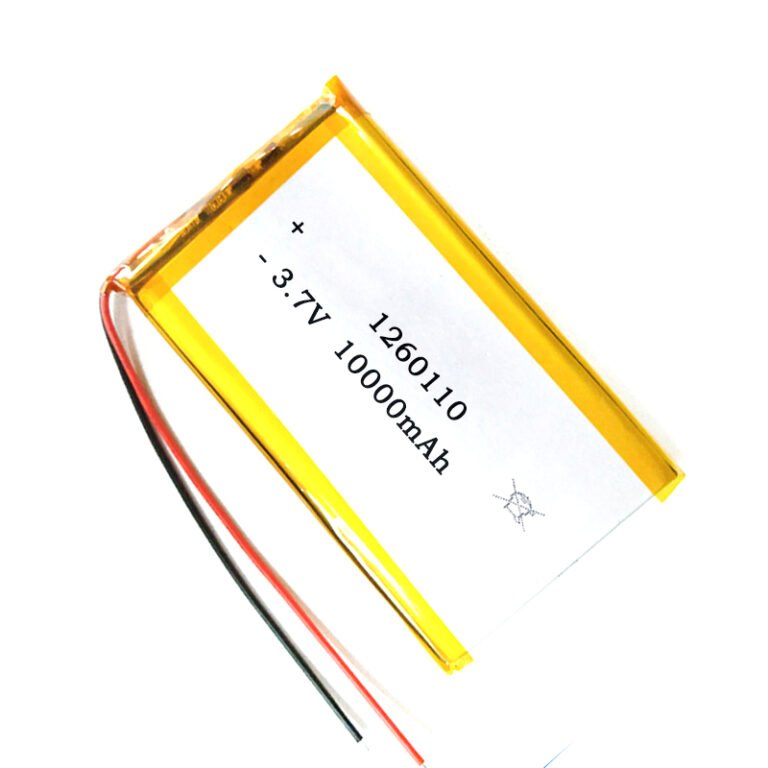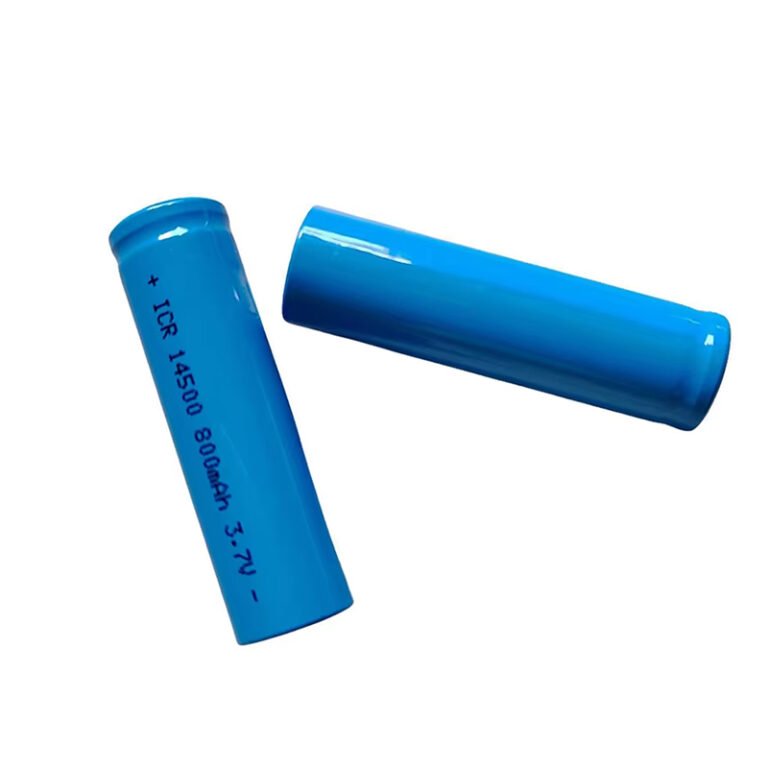As electric bicycles, or e-bikes, continue to grow in popularity, so too does the importance of understanding how to measure their battery capacity. The battery is the heart of an electric bicycle, and knowing how much charge it can hold and how long it can last is essential for anyone looking to purchase or maintain an electric bicycle. In this article, we will discuss several methods for measuring electric bicycle battery capacity.
Method 1: Read the Battery Specifications
The easiest way to determine an electric bicycle battery’s capacity is to read the manufacturer’s specifications. This information is often listed on the battery itself or in the electric bicycle’s user manual. The capacity is usually measured in ampere-hours (Ah) or watt-hours (Wh). Ah is a measure of how much current the battery can deliver for one hour, while Wh measures how much energy the battery can hold. The higher the Ah or Wh rating, the longer the battery will last.
Method 2: utilize a universal meter
Another method for measuring electric bicycle battery capacity is to utilize a universal meter. A universal meter is a tool that measures voltage, current, and impedance. To measure the battery’s capacity, you will need to measure its voltage and current. First, fully charge the battery, then connect the universal meter’s positive lead to the positive terminal of the battery and the negative lead to the negative terminal. Turn on the electric bicycle’s motor and record the voltage and current readings. Multiply the voltage by the current to get the wattage, and divide the wattage by the voltage to get the battery’s capacity in Ah.
Method 3: Perform a Range Test
A range test is another method for determining an electric bicycle battery’s capacity. This test involves fully charging the battery, then riding the electric bicycle until the battery is depleted. Record the distance traveled during the test, as well as the time it took to complete. Divide the distance traveled by the battery’s rated voltage to get the battery’s capacity in Ah. For example, if the electric bicycle traveled 20 miles on a 48V battery, the battery’s capacity is approximately 10 Ah.
Method 4: utilize a Battery Analyzer
A battery analyzer is a tool specifically designed to test and analyze batteries. It can measure the battery’s capacity, internal impedance, and other important parameters. To utilize a battery analyzer, first fully charge the battery, then connect the analyzer’s positive and negative leads to the corresponding terminals on the battery. Follow the analyzer’s instructions to perform the test, which usually involves discharging the battery at a controlled rate and measuring the voltage drop over time. The analyzer will then calculate the battery’s capacity in Ah or Wh.
Conclusion
Knowing how to measure electric bicycle battery capacity is essential for anyone who wants to purchase or maintain an electric bicycle. By using one or more of the methods discussed in this article, you can determine the battery’s capacity in Ah or Wh. This information will help you choose the right electric bicycle for your needs, as well as maintain and optimize its performance over time. Remember, the battery is the heart of your electric bicycle, and taking good care of it will ensure a long and enjoyable ride.
Related Articles
- 18650 Battery Pack 24V 36V 48V 10Ah 12Ah 15Ah 20Ah 21Ah Lithium Ion with Silver Fish Case Downtube for Urban City Bike E-bike
- 3.7V 5000mAh 3C 21700 Rechargeable Lithium Ion Battery Flat Top INR21700 Li Ion
- Samsung 18650 30Q 3000mAh 15A Rechargeable Lithium ion Battery Cell INR18650 3.7V for Flashlight Vape E-bike
- How is lithium ion battery made?





